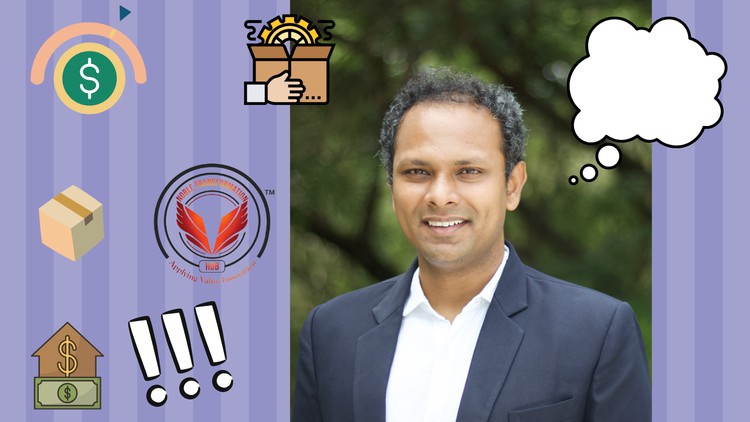
With Real Time Case Study and Case Method
What you will learn
Students will learn about the components of costing which includes ROMaterial, processing cost
In-depth knowledge of machines, our rate and how to arrive for each machine based on the Capex of the machine,
In-depth knowledge of zero based costing and how the elements are playing in that.
Students will learn about the components of costing which includes ROMaterial, processing cost,
Also a very quick based costing which is comparative costing and reference costing can make costing very easy even
Description
About the Master Class:
This course teaches students about the costing knowledge which is required being a designer. Basic elements and components of costing have been discussed in detail along with different types of costing such as reference costing zero is costing and comparative costing. Also many components names like inventory cost machine hour rate labour cost overheads cost profit margins parking cost has been discussed in detail to get a complete view for designers when it comes to material costing.
Design philosophy:
As I used to say in my design courses, that design cannot be learned in the rot learning or Text book way of learning that you do through a chapter wise and remember some formulas that will yield you some solutions. Design is unique and when different people approach the same problems we will get different solutions based on the inputs that designer works on.
So design can be approached in the way of learning through the case studies and by doing action on your own to learn yourself.
Learning by doing and learning by action.
Benefits of the Master Class:
- Students will learn about the components of costing which includes ROMaterial, processing cost, overheads in detail with examples.
- Also this course teaches about why materials costing knowledge is required for designers and how it plays a five little role in interfacing with the engineering team with respect to economic and cost restrictions.
- In-depth knowledge of machines, our rate and how to arrive for each machine based on the Capex of the machine, overheads of the machine, consumables and non-consumables of the machines, maintenance and its appreciation and appreciation cost.
- Students can learn about how costing could be easily put into a product like a pen and how we are able to compare it with the market to see the difference in what mistake you made.
- In-depth knowledge of zero based costing and how the elements are playing in that.
- Also a very quick based costing which is comparative costing and reference costing can make costing very easy even when you have a confidential or don’t know anything about the material we still are able to calculate the cost with the reference costing method.
- After attending this course designers will definitely have a very good knowledge about costing and its awareness and that can impact largely when it comes to designing the products more efficiently more cost-effective than putting the value stream in the process of supply chain
Content